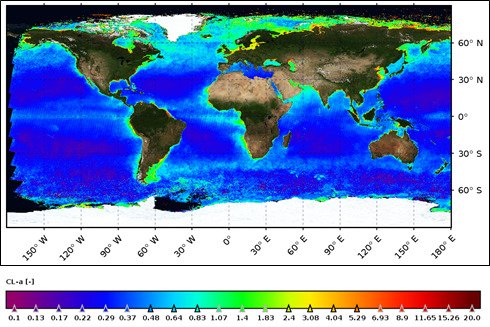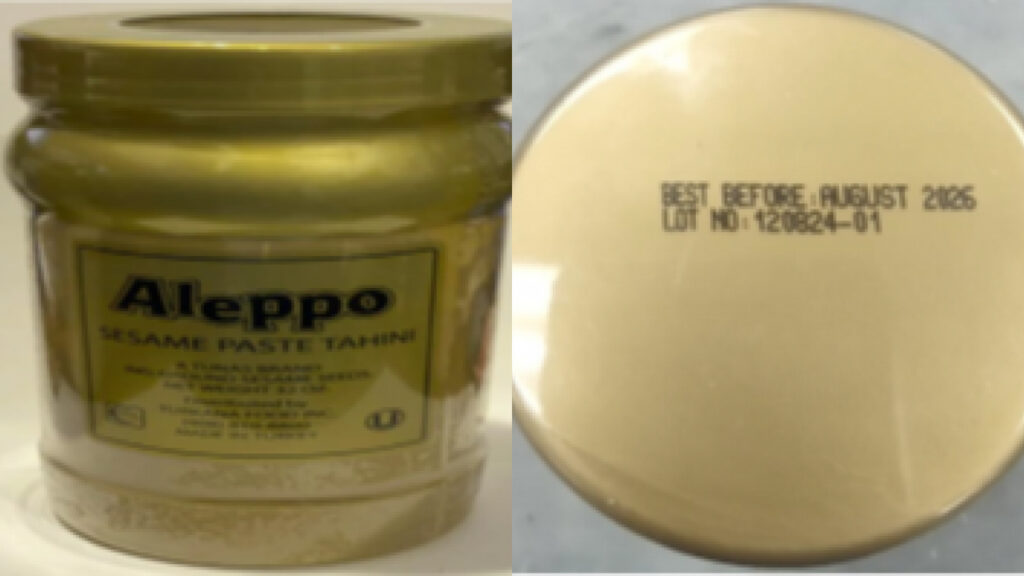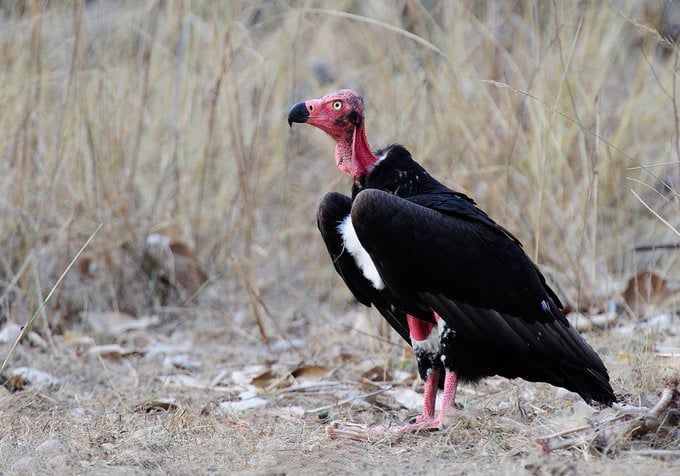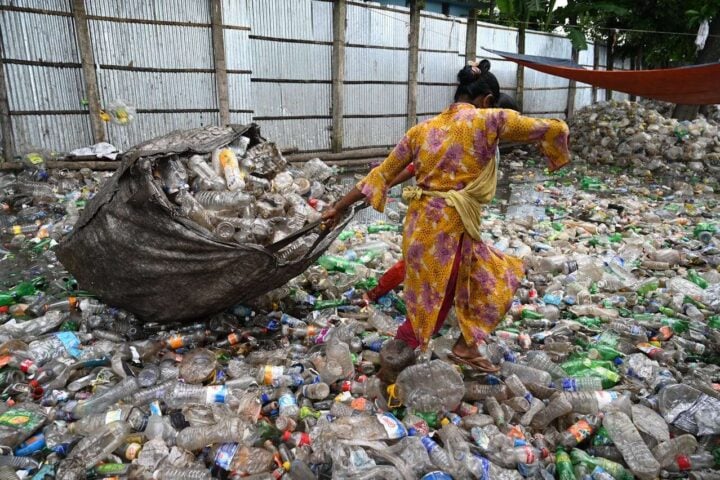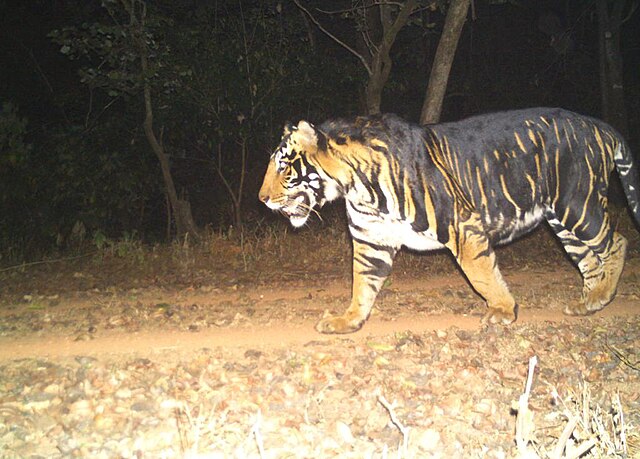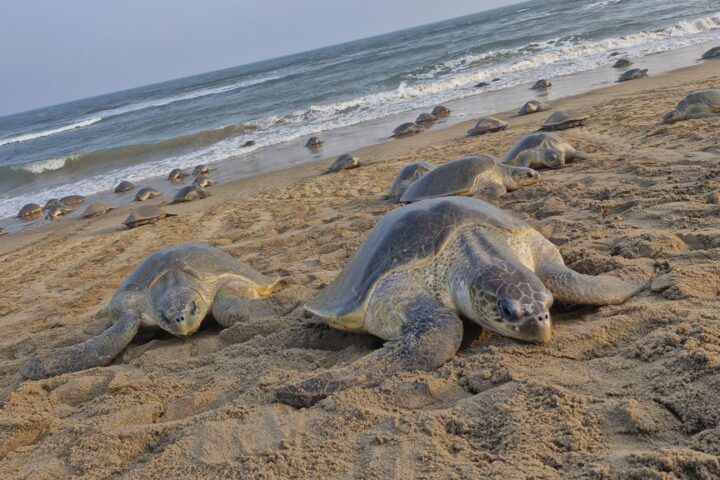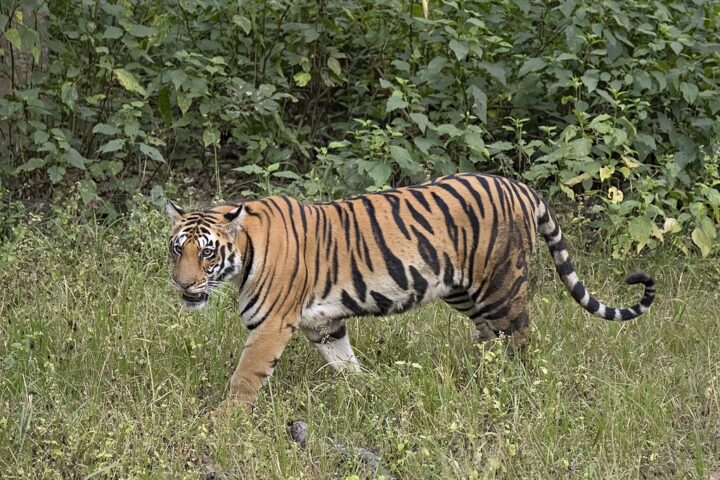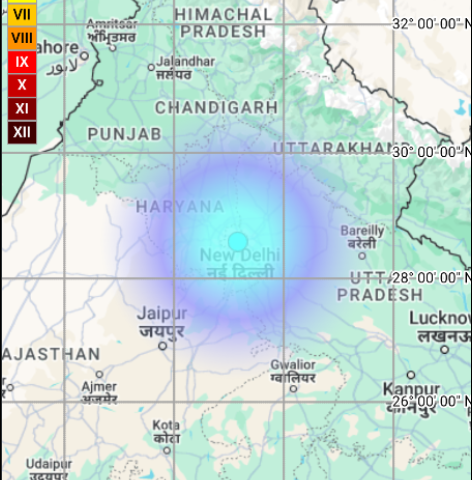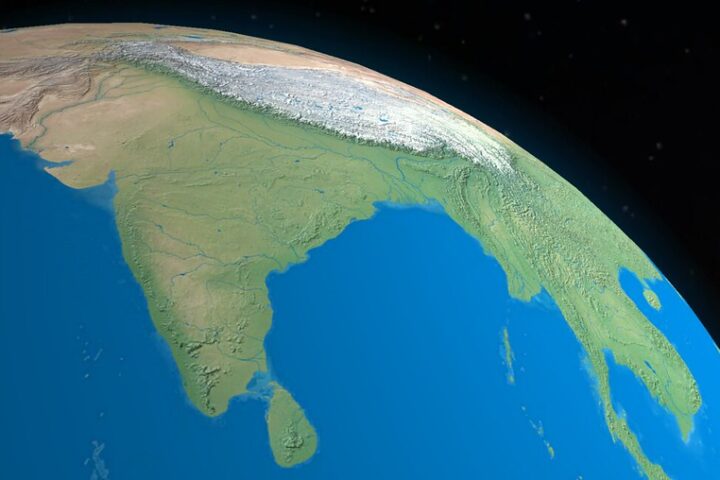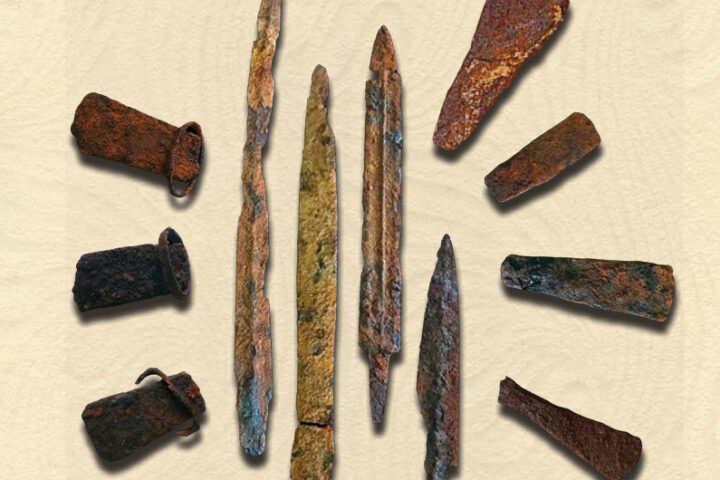India’s space agency ISRO is now watching over our oceans better than ever before. Their satellite EOS-06, launched in late 2022, takes pictures of tiny ocean plants called phytoplankton every two days. These plants tell us if our oceans are healthy or not.
The satellite weighs 1,117 kilograms and carries special cameras and sensors. Its main camera, called OCM-3, can spot areas where fish are likely to be found. This helps fishing communities know where to find better catches. The satellite also measures ocean temperature and wind speed, which helps in cyclone detection for coastal areas.
“This satellite helps us understand how climate change affects our oceans,” says Dr. A.S. Kiran Kumar, who used to head ISRO. The satellite can see things clearly from space at 1 kilometer resolution, helping track changes in our oceans.
When the satellite spots large groups of phytoplankton, it shows ocean productivity. These tiny plants are important for marine food chains and indicate the health of marine ecosystems. They also tell scientists if ocean waters are getting too warm or if pollution is affecting marine life.
Similar Posts
The satellite’s work goes beyond watching phytoplankton. It helps protect coastal communities by monitoring ocean conditions. Its advanced sensors track changes in ocean temperature, which affects weather patterns and fish movement.
ISRO recently shared images showing phytoplankton spread across the world’s oceans from January to December 2024. These images help scientists understand how ocean life is changing and what it means for people living near coasts.
The information from EOS-06 helps protect both ocean life and coastal communities. It shows where fishing is good, helps monitor ocean conditions, and shows how our oceans are changing over time. This matters because healthy oceans support coastal communities and marine ecosystems.
